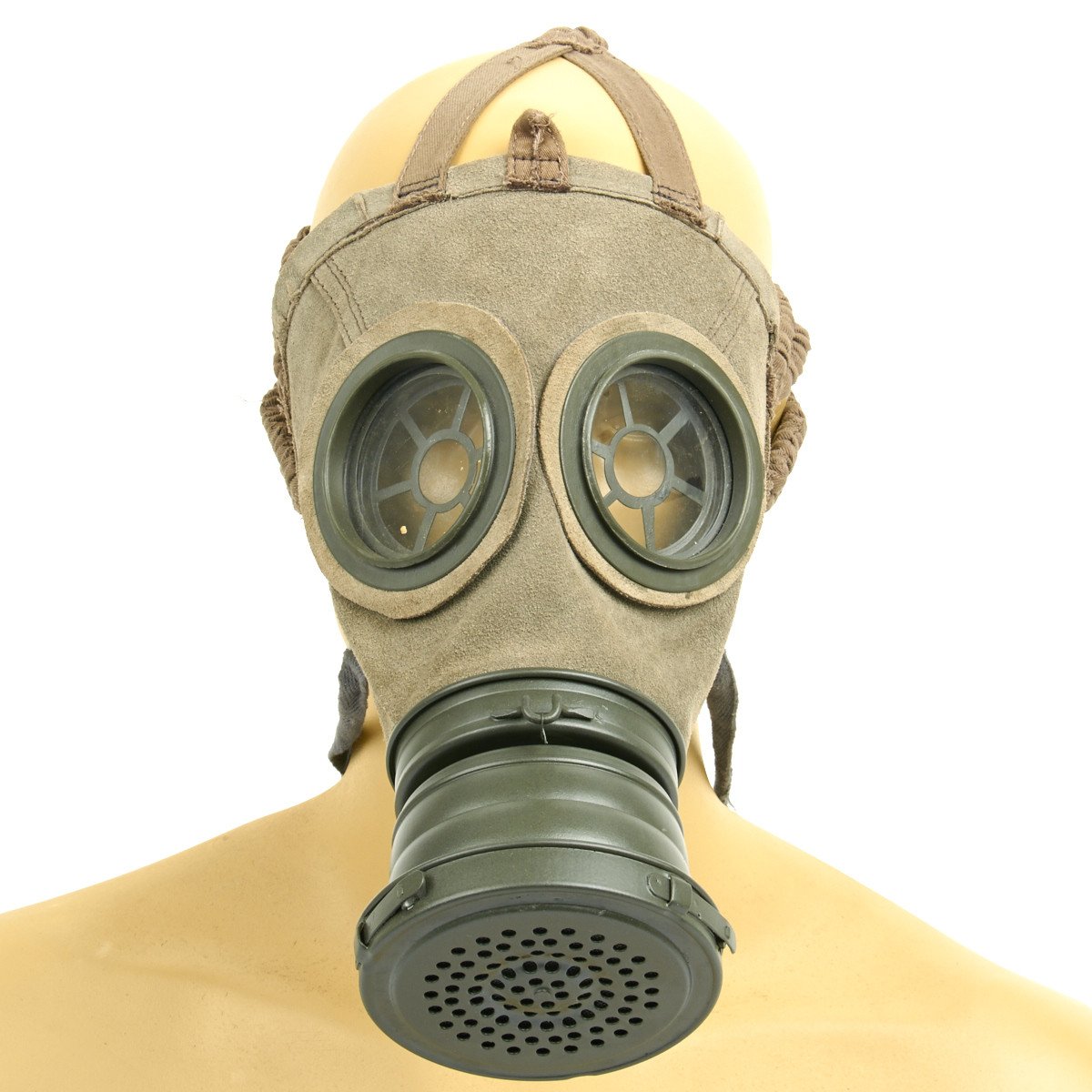

A British shell hits and Adolf gets a fragment in a leg. In the night of October 7th Hitler sleeps in a new tunnel that runs to the regimental headquarters. In three months time they have lost 600,000 men: completely in vain, because the German lines hold. The massacre at the Somme is still going on. Adolf insists on having Fuchsl at his feet.

Hitler and two of his front-comrades have their photograph taken. When the orderly takes his diner the dog sits beside him. "I can look at him like I look at a human being", he writes. The dog had jumped into a German trench, where Adolf had catched him - and kept him.įrom that moment on Fuchsl never leaves Adolfs side. The small white terrier, apparently the mascot of English soldiers, had been chasing a rat in No Man's Land. A stray shell had burst over the group in which I had been sitting, and every member of it was killed."įrom all his friends finally only Fuchsl, little fox, remains. Hardly had I done so when a flash and deafening report came from the part of the trench I had just left. Then I sat down to go on eating, my mind being once more at rest. I rose at once to my feet and walked twenty yards along the trench, carrying my dinner in its tin can with me. "Suddenly a voice seemed to be saying to me, 'Get up and go over there.' It was so clear and insistent that I obeyed automatically, as if it had been a military order. Ward Price, an English reporter, how once he was eating his dinner with his comrades in a trench. Almost all his friends die in action - while Adolf again and again miraculously escapes from death.Īfter the war he told G. That is not only due to his unpleasant character. All soldiers who served with him in the trenches of the Somme, and later in Flanders, have testified to that.Īdolf has few friends on the Western Front. This gets him an badge - not his first one: he carries already the Iron Cross Second Class for 'personal courage'.įor whatever you may say about Adolf Hitler ( picture on the left) - he was not afraid and not easily scared. Adolf grabs him and drags him back to an underground shelter. Another exhausted orderly collapses on his way through the first lines. When a screaming noise announces a shell he ducks into shell-holes and ditches. These postman-soldiers were running from post to post, " in the eye of an almost certain death and pelted by shell-fire on every meter of the road", as a 27 years old German orderly, by the name of Adolf, later writes in a letter.Įvery day this young German sprints through the trenches. From that moment on the Germans had to send their messages by Meldegänger, orderlies. A British direct hit rendered all German field-telephones worthless. In the night of July 14th the allies were able to cut off German communication on the frontline. The German picture on the right was made during the battle in streets of Fromelles. From what was left of them no one was able to put together individual corpses. In July 1916, in a few days time, thousands of British and Australian soldiers were literally torn apart. The British didn't like mass graves, but near the village of Fromelles, on the Somme front, they had to make one. The other one ends up as the most atrocious war-criminal of the century.Įxtremes in No Man's Land By Rob Ruggenberg When the Great War is over, one of them becomes the greatest pacifist writer of the century. This is the untold story of two young German soldiers fighting on the same time, on the same front, maybe even in the same trench. This is an English summary of a Dutch version of this textĪDOLF HITLER AND ERICH MARIA REMARQUE FIGHTING TOGETHER Jews were blamed for Germany’s problems and accused of plotting to take over the world.Adolf Hitler and Erich Maria Remarque / Remark together on the Western Front in the Great War 1914 - 1918 THE HERITAGE OF THE GREAT WAR The Nazis came to power in 1933 and established a totalitarian regime that saw Aryan Germans as the biologically superior master race, destined to dominate Europe. However, by 1939 the majority of these democracies had failed and most Europeans lived under authoritarian or totalitarian regimes, which forcibly controlled public and private life and limited individual freedoms. Parliamentary democracy flourished all over Europe, whereas the Soviet Union became the first Communist dictatorship. Pacifism and the idea of European integration gained increased support but faltered in the face of rising nationalism and totalitarian aggression.

As a consequence of World War I, old empires broke up and modern national states were created.


 0 kommentar(er)
0 kommentar(er)
